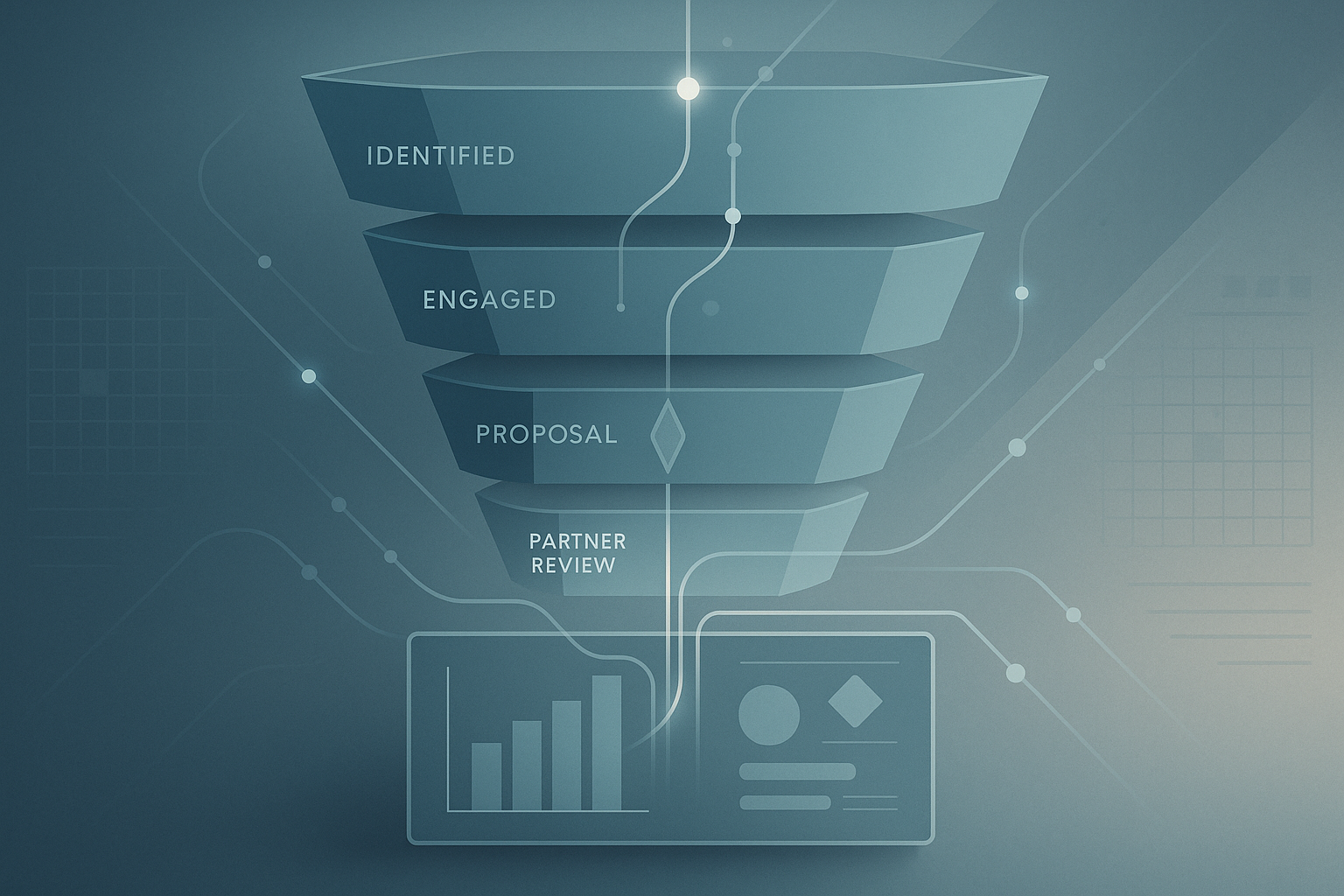10 Unexpected uses for HubDb
HubSpot
Website Development

With the launch of the new HubSpot CMS Hub, HubDb (first released in 2016) has been brought into the limelight. Although it was always a powerful tool, this website add-on is finally being appreciated for its power and versatility.
What is HubDb?
HubDb is a relational database that can be used within the HubSpot platform. Unlike other database systems, HubDb enables developers to create database-driven content to embed into website pages and landing pages. This, in turn, makes it an easy tool for developers to hand over to marketers to update and maintain directly from the HubSpot portal.
Providing marketers with the ability to keep this database fresh within HubSpot means that any information that can be stored in a table and shared on the website can be managed by the marketing team without overloading developers.
So what kinds of things can be managed in this way?
Here are 10 interesting ways to use HubDb on your HubSpot website:
1. Online courses
With HubDb, you can create online courses by pairing one HubDb with tutorial videos and a second HubDb with the video or membership categories available. By combining the power of these two databases, you can create a tailored experience for your users, particularly if you utilise these through a membership system.
2. Learning management systems (LMS)
If you’d like to take your online course creation a step further, you can use HubDb to create a bespoke LMS to educate visitors or members. You can create tutorials, lessons, and bundles that all fit together seamlessly. This can be especially helpful if you already have lots of educational content waiting to be used!
3. Testimonial carousel
Looking to show off the kind words your customers have to say about your brand? HubDb can help with that. By utilising HubDb in the development of your testimonial carousel, your marketing team only has to update the listing on the database and won’t have to worry about changing anything on the site itself.
4. Building a dashboard
Building a dashboard with HubDb works similarly to creating one through Excel, using pivot tables. However, HubDb integrates with your website and is managed from inside your HubSpot portal which makes it a better solution for teams to work from together.
5. Dynamic calls-to-action
HubDb enables you to create dynamic calls-to-action (CTAs) that change based on your requirements. For instance, you can set up a HubDb that will attach specific CTAs to blogs that have a certain tag.
6. Event listings
Event listings, for both virtual and physical events, can be a difficult thing to manage. This is particularly true for businesses that are involved in lots of events or which experience frequent changes. HubDb is a great solution for teams that need to update events pages with ease!
7. Image galleries
If you have an image gallery on your site, or would like to include one, HubDb can be used to create a gallery that is both responsive and easy to update from your HubSpot portal. You can also create a similar gallery with videos!
8. Pricing tables
Pricing tables are any area of many company websites that get updated frequently, particularly in businesses that are constantly innovating. While you could manage a manual table and update that each time, every edit comes with a risk of improper formatting. Additionally, many standard tables aren’t optimised for mobile. With HubDb, the formatting risks are removed and the tables are always mobile responsive.
9. About Us pages
Not all uses for HubDb are complicated or niche! Most companies have an About Us page on their website and they can be difficult to manage for teams without any web development skills. By using HubDb, even marketers with no site management experience can update these types of pages easily without worrying that they’ll somehow ‘break’ the page.
10. Dynamic filtering
Want to have a filtering system for your blog or resource library? With HubDb, you can create a dynamic menu or search function that enables the marketing team to have influence over the content that users see. For instance, if you allow users to identify where they are in the buyer journey, you can use HubDb to serve them content most relevant to that stage.
Hopefully, these have sparked some ideas for how you can use HubDb on your own HubSpot website! If you’re looking at building a new site or just want to learn more, get in touch! We love to talk about all things HubSpot.


